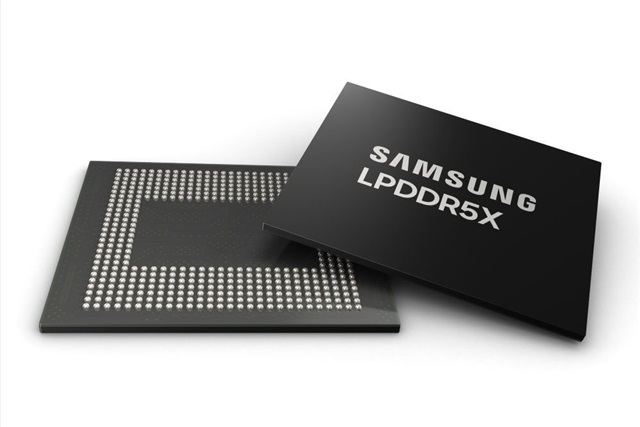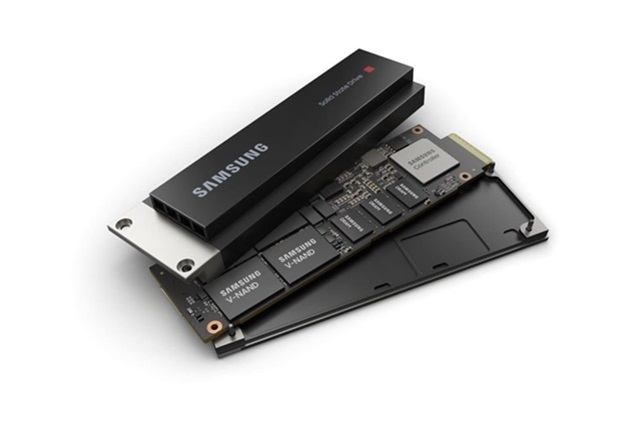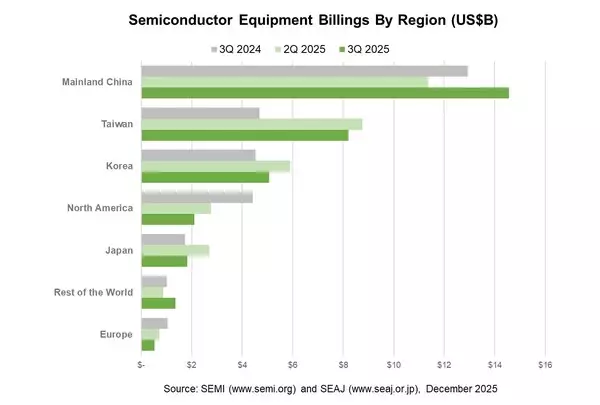
Samsung Electronics will raise contract prices for DRAM and NAND flash in the fourth quarter of 2025, industry sources told Newdaily.co.kr. The move reflects shrinking output of legacy products and surging demand from cloud providers, which has already tightened supply and driven spot prices sharply higher.
Samsung has informed key customers that prices for LPDDR4X, LPDDR5, and LPDDR5X DRAM will climb 15% to 30%, while eMMC and UFS NAND storage will rise 5% to 10%. Micron and SanDisk have announced similar hikes, signaling a coordinated shift across the global memory industry.
The fourth quarter's traditional smartphone and PC launch season will further fuel demand, especially as AI-enabled flagships and AI PCs roll out. At the same time, DRAM suppliers are cutting DDR4 and LPDDR4X production to focus on DDR5 and high-bandwidth memory (HBM). This shift has already distorted pricing: average DDR4 contract prices soared 50% in July 2025, briefly surpassing DDR5.
Analysts said the price hikes will strengthen Samsung's Device Solutions (DS) unit, accelerating its recovery. With Nvidia's HBM orders still modest in the short term, higher contract pricing should act as a profit buffer. Forecasts point to DS operating profit topping KRW6 trillion (US$4.3 billion) in the fourth quarter of 2025, nearly double the KRW2.9 trillion a year earlier.
Samsung runs DRAM lines at full tilt
Since August 2025, Samsung has run its DRAM fabs at full capacity, iNews24 reported. Output now reaches an estimated 450,000 to 600,000 wafers per month, far ahead of rivals. SK Hynix's production stands at about 60% to 70% of Samsung's, while Micron runs at 40% to 50%.
The expansion was ordered by Young-hyun Jun, head of the DS division, who pushed for an aggressive response to market shifts. With SK Hynix and Micron diverting resources to HBM, conventional DRAM output has tightened. The imbalance has sent prices higher, and Wedbush forecasts double-digit DRAM growth in the fourth quarter of 2025.
Korean analysts warn that if DRAM prices stay high through year-end, Samsung could retake the global memory revenue lead. Hana Securities expects inventory normalization and price gains to speed up Samsung's rebound.
HBM4 development in parallel with DRAM boom
Alongside maximizing DRAM capacity, Samsung is advancing its 1c DRAM node to deliver HBM4 that meets Nvidia's data-speed requirements. Industry veterans recall Jun steering through a similarly volatile DRAM cycle from 2014 to 2017 — an experience seen as driving his aggressive stance now.
Samsung remains dominant in mobile memory and storage segments such as UFS and eMMC. Its synchronized price hikes with global peers are expected to boost near-term semiconductor earnings while positioning it for longer-term AI-driven demand shifts.
Stay up to date with the latest in industry offers by subscribing us. Our newsletter is your key to receiving expert tips.

PC manufacturers are planning significant price increases on 2026 models as an acute shortage of conventional memory chips, driven by soaring demand for artificial intelligence hardware, tightens supp

SEMI, the industry association serving the global semiconductor and electronics design and manufacturing supply chain, today announced in its Worldwide Semiconductor Equipment Market Statistics (WWSEM

As the global memory shortage intensifies, Innodisk chairman Randy Chien stated that the trend for 2026 will be simultaneous shortages in DRAM and NAND Flash, while edge AI applications take off. With